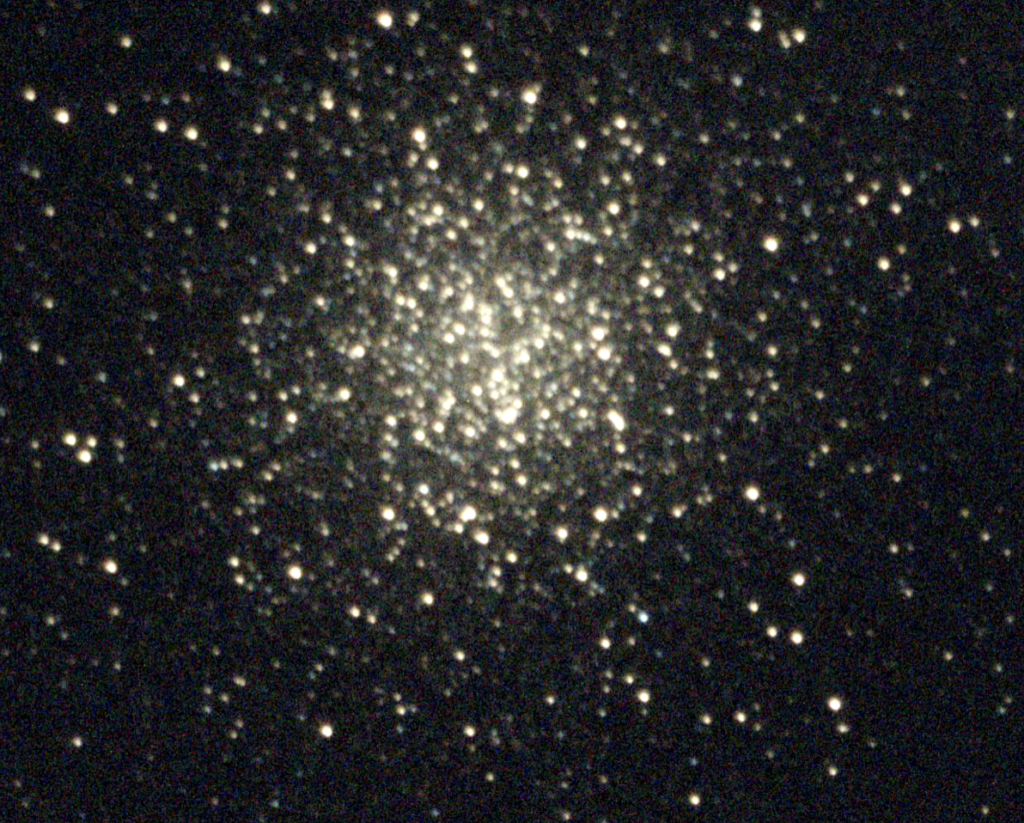M13 | NGC 6205 | Great Hercules Cluster | Hercules | 25,000 Light Years Away
Our Best Image

Messier 13, often referred to as the Great Hercules Cluster, is a spectacular globular cluster situated in the constellation Hercules. Discovered by Edmond Halley in 1714 and later cataloged by Charles Messier in 1764, this celestial jewel is one of the brightest and most well-known globular clusters visible from Earth. Located about 22,200 light-years away, Messier 13 boasts a dazzling concentration of stars, estimated to be in the hundreds of thousands, densely packed within a spherical region.
The Great Hercules Cluster spans approximately 145 light-years in diameter, making it one of the largest globular clusters in our Milky Way galaxy. Its stars are notably old, with an estimated age exceeding 11 billion years. The cluster’s central core is exceptionally dense, with stars packed closely together, creating a luminous and captivating center that is easily visible even with small telescopes. Messier 13 has been a favorite target for amateur astronomers and stargazers for centuries due to its brightness and distinctive appearance.
Observations of Messier 13 have provided valuable insights into the dynamics and evolution of globular clusters. Astronomers study the individual stars within the cluster to understand their properties, such as temperature, luminosity, and composition. The analysis of Messier 13 contributes to our broader understanding of the formation and development of stars within these ancient stellar communities, shedding light on the processes that have shaped the Milky Way and other galaxies over cosmic time. The Great Hercules Cluster remains a captivating and scientifically significant object within the tapestry of the night sky.

